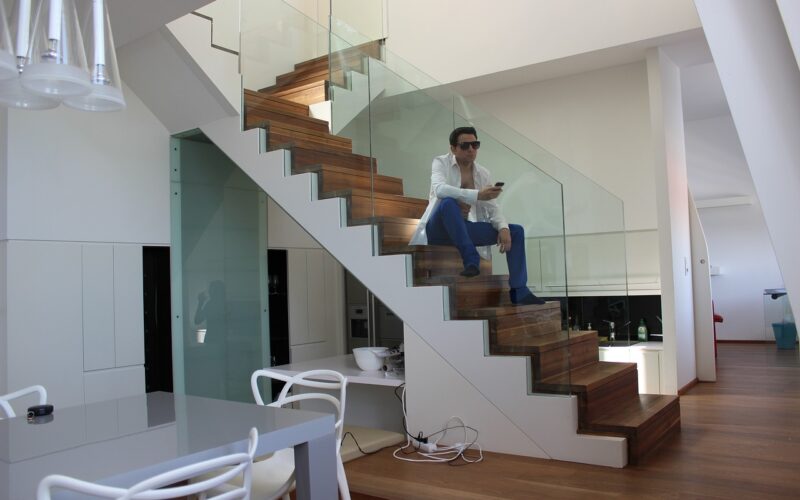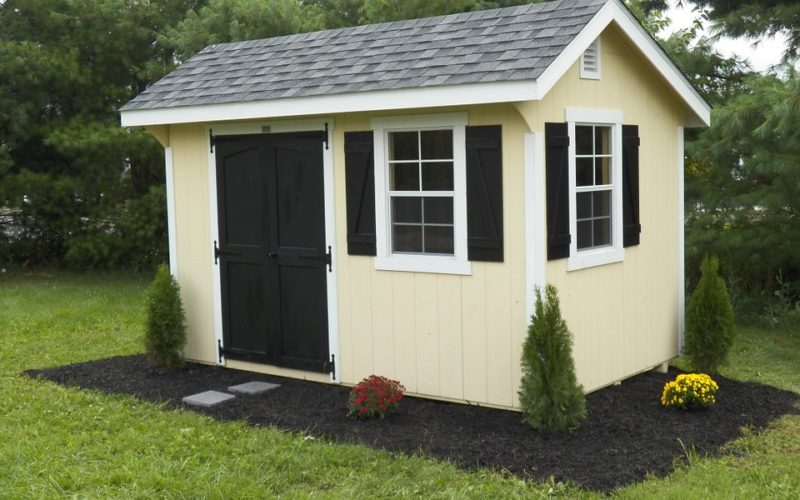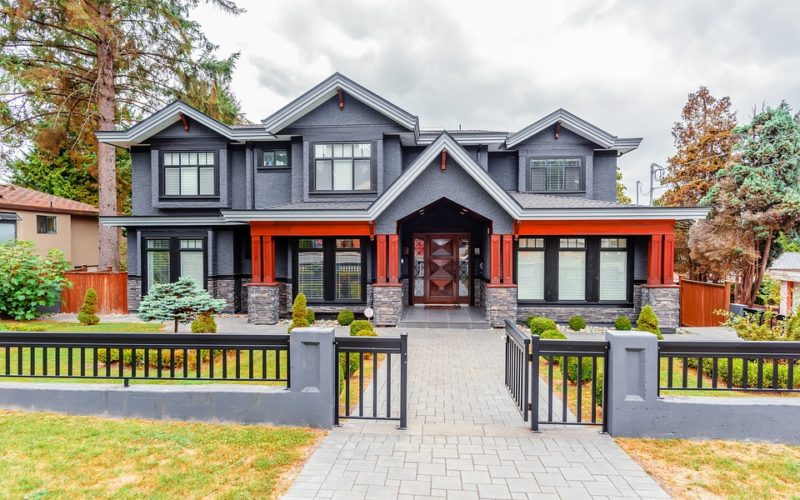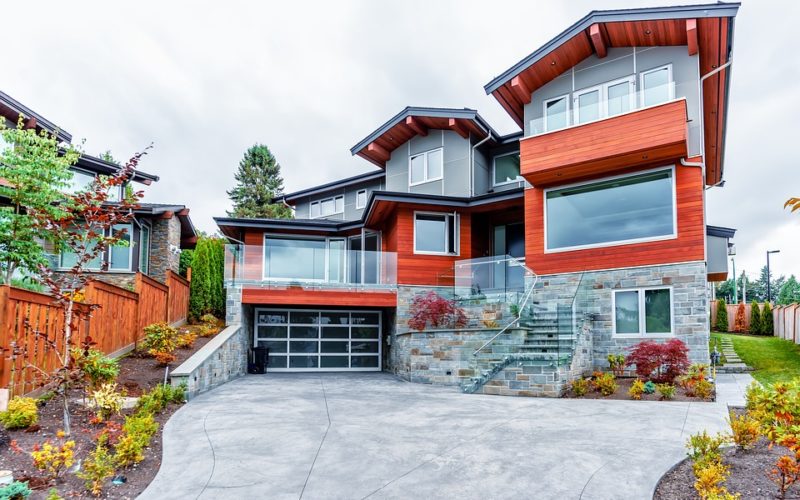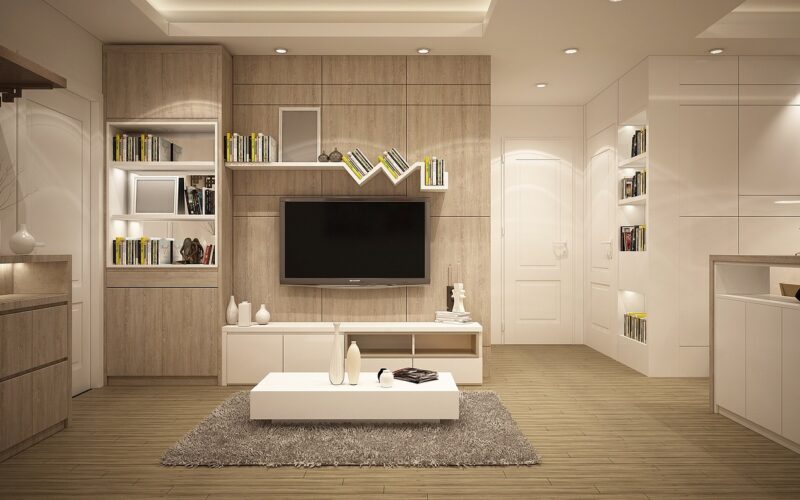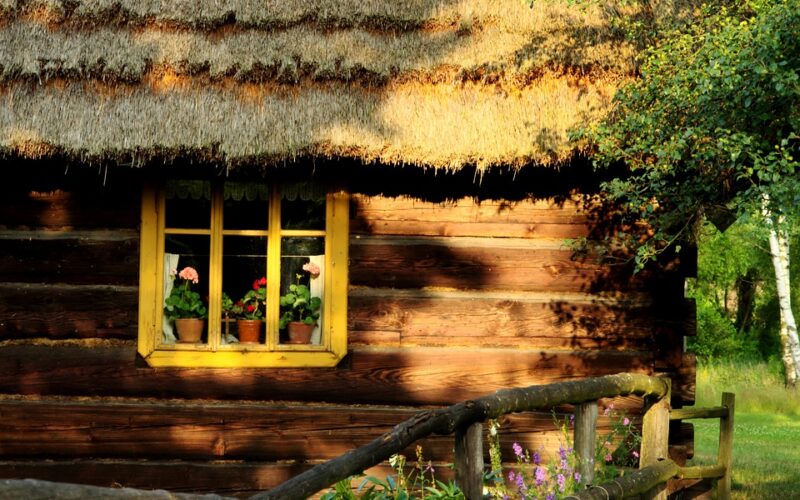Guide to Roofing Materials
Choosing the right material for your roof is one of the most significant decisions you will make as a homeowner. A roof protects your home from the elements, contributes to its energy efficiency, and defines its overall visual appeal. Whether you are building a new house, replacing an old roof, or simply exploring options for the future, understanding the different types of domestic roofing available is essential. This guide will walk you through the most common materials, helping you weigh their benefits, drawbacks, and associated costs to find the perfect roofing solution for your property.
Exploring common domestic roofing materials
The market offers a wide array of roofing materials, each with unique properties. Asphalt shingles are the most common choice in many regions due to their affordability and ease of installation. They are a budget-friendly option that comes in various colours. Metal roofing, available in materials like steel, aluminium, and copper, is a durable, mid-range to premium choice known for its long lifespan and excellent weather resistance. For a more traditional look, clay and concrete tiles offer exceptional durability and fire resistance, though their heavy weight requires a strong roof structure. At the premium end, slate provides unmatched longevity and a classic, elegant appearance, while wood shakes and shingles offer a rustic charm but demand more maintenance. Finally, synthetic or composite materials mimic the look of slate or wood without the high cost or upkeep, offering a versatile and increasingly popular alternative.
Durability, lifespan, and weather performance
A material's ability to withstand the UK's varied climate is a primary concern. Asphalt shingles typically last 20 to 30 years but can be susceptible to damage from high winds and moss growth in damp conditions. Metal roofs, by contrast, can last 50 years or more, easily shedding rain and snow while resisting wind and fire. Clay and concrete tiles are also exceptionally long-lasting, often enduring for over 50 years and performing well in most climates, though individual tiles can crack from severe impact. Natural slate is the champion of durability, with a lifespan that can exceed 100 years, making it impervious to nearly all weather challenges. Wood shakes require regular treatments to prevent rot and insect damage, lasting around 30 years with proper care, while modern composite roofing offers a robust 30 to 50-year lifespan with excellent resistance to fading, cracking, and moisture.
Maintenance needs and overall cost considerations
The long-term cost of a roof extends beyond the initial installation price to include maintenance. Asphalt shingles are relatively low-maintenance, but you may find yourself repairing roofs by replacing individual shingles over time. Metal roofing is virtually maintenance-free, requiring only occasional inspections. Clay, concrete, and slate tiles also require minimal upkeep, though cracked tiles should be replaced promptly to prevent leaks. Wood roofing is the most maintenance-intensive, needing regular cleaning and preservative treatments. When budgeting, remember that cost is influenced by more than just the material itself. Labour, the complexity and pitch of your roof, underlayment quality, and proper ventilation all contribute to the final price, which can range from budget-friendly for asphalt to a significant premium for natural slate.
The choice between repairing and replacing
Homeowners often face the dilemma of whether to patch a problem or invest in a full replacement. Minor issues, such as a few missing shingles or a small leak, often warrant a simple repair. If your roof is relatively new and the damage is isolated, repairing roofs is the most cost-effective path. However, if the roof is approaching the end of its expected lifespan, shows widespread wear like curling shingles or extensive granule loss, or has recurring leaks in multiple areas, a replacement is the smarter long-term investment. A full replacement provides an opportunity to upgrade materials, improve energy efficiency, and ensure the structural integrity of your entire roofing system for decades to come.
Energy efficiency and aesthetic impact
Your choice of roofing material also affects your home's energy consumption and kerb appeal. Lighter-coloured "cool roofs," particularly in metal and composite options, reflect more sunlight and can help reduce cooling costs in the summer. Clay and slate tiles possess natural thermal mass, which can help regulate your home's temperature. From an aesthetic standpoint, the material should complement your home's architectural style. Wood shakes lend a natural, rustic feel, while slate offers timeless sophistication. Tiles can suit Mediterranean or traditional designs, and metal can provide a sleek, modern finish or a classic standing-seam look, making it one of the most versatile roofing solutions.
Making your final decision
Selecting the right roof involves balancing your budget, aesthetic preferences, and long-term performance expectations. Start by establishing a clear budget that accounts for materials, labour, and potential contingencies. Research local building codes and any restrictions that may apply in your area. When you request quotes, ask potential contractors about the warranties offered for both the materials and their workmanship. Finally, always verify a contractor's credentials, insurance, and references before committing. By carefully considering these factors, you can choose a roof that not only protects your home but also enhances its value and beauty for years to come.

